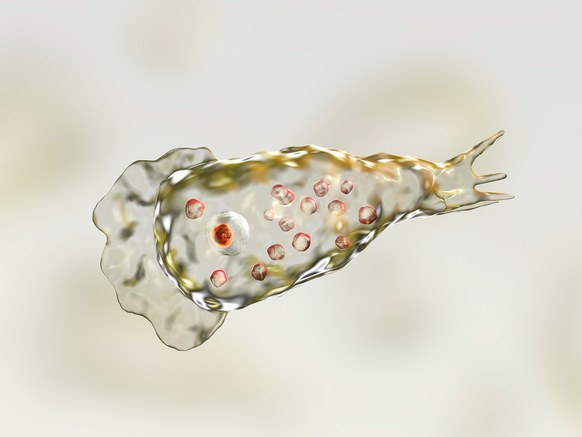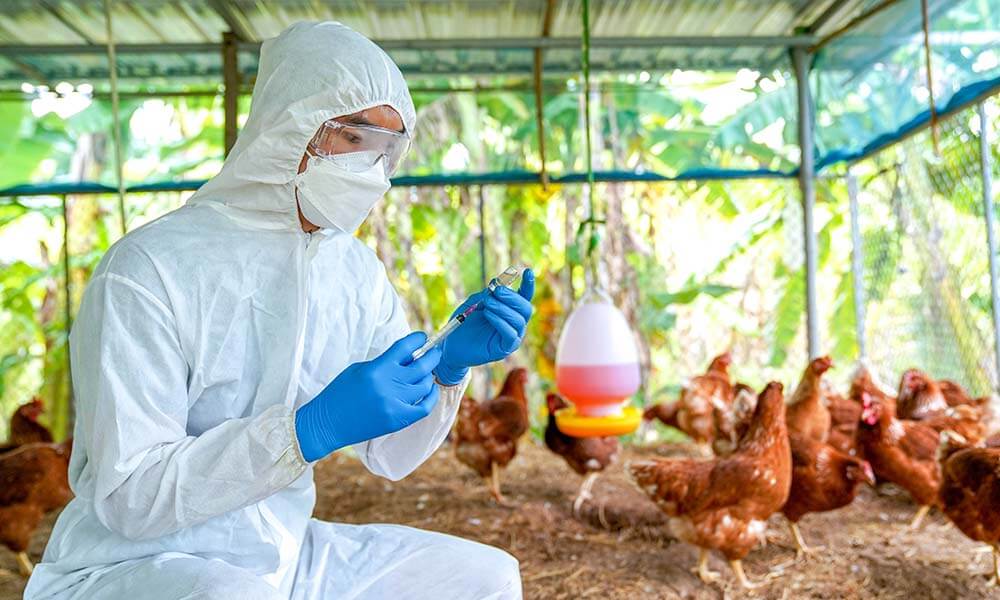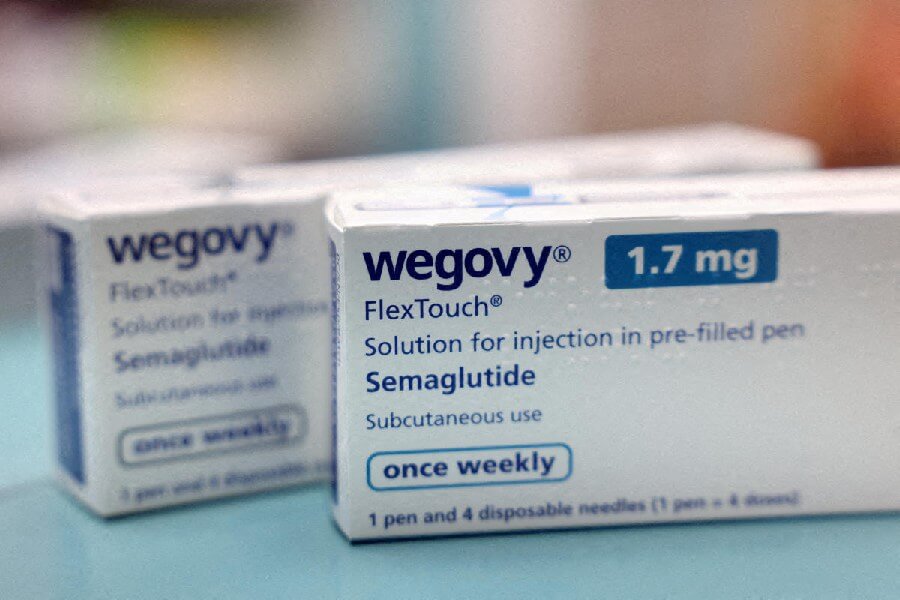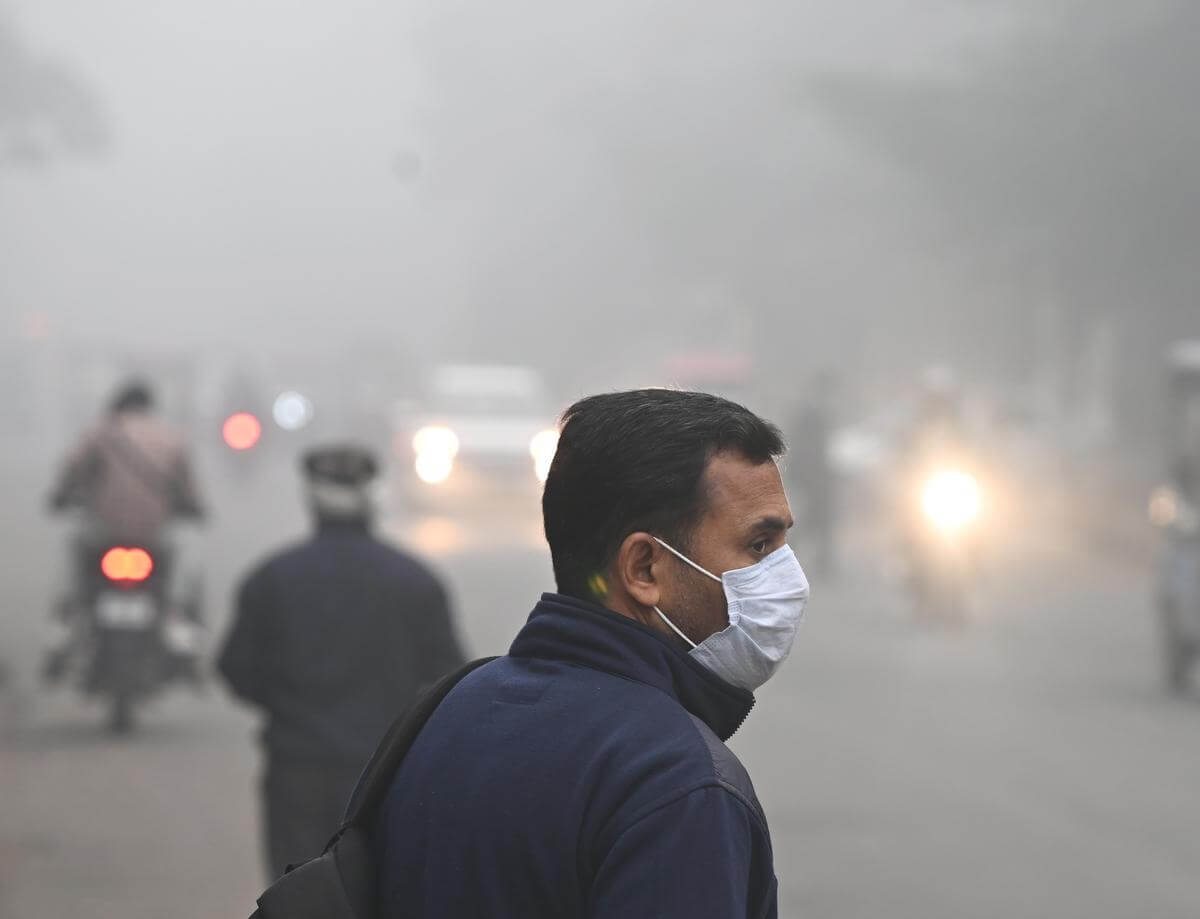A BRAIN-EATING AMOEBA JUST CLAIMED ANOTHER VICTIM
Wed 03 Oct 2018, 11:40:01

THE TEMPERATURE IN Waco, Texas was approaching 83 degrees last Thursday when Mia Mattioli arrived in search of Naegleria fowleri, a brain-eating, warm-water-loving amoeba that kills almost every person it infects. An environmental engineer at the Centers for Disease Control and Prevention, Mattioli spent the day at BSR Surf Resort, a local water park, filling fifty-liter jugs with samples from the facility's various attractions. When she was finished, she checked her containers for leaks, double bagged them, and stowed them in a rolling cooler with no ice. "Naegleria doesn't like the cold, so we ship our water samples at room temperature," says Mattioli, who wrapped the coolers tight, drove them to FedEx, and shipped them overnight to the CDC's Environmental Microbiology Laboratory in Atlanta, Georgia, for analysis.
What brought the CDC to Waco was this: One week prior, some 1,600 miles away, 29-year-old Fabrizio Stabile had been mowing his lawn in Ventnor City, New Jersey when a headache forced him stop and rest. That was Sunday, September 16th. According to a GoFundMe page created in his memory, Stabile was admitted to AtlantiCare Regional Medical Center with a fever and a swollen brain. On Thursday, doctors detected Naegleria fowleri in Stabile's cerebrospinal fluid. By Friday, he was dead. His diagnosis: Primary amoebic meningoencephalitis, or PAM for short.
Stabile's doctors probably weren't looking for brain-eating amoebas when he first arrived. The symptoms of Naegleria infection look flu-like at first, and later like other, more common forms of meningitis. PAM is very, very rare; since 1962, the CDC has recorded just 143 case reports—an average of fewer than three victims a year, though all but four have perished. The last reported US case was in 2016. "This is actually the first time it's been detected in a New Jersey resident," says state epidemiologist Tina Tran, who worked with Stabile's physicians and the CDC to determine where he might have contracted the infection. "It's more common in the southern states, where the water tends to be warmer."
Southern states like Texas.
Stabile, his doctors learned, had recently returned from a trip to BSR in Waco. It's there that he is believed to have been infected by Naegleria fowleri, and where epidemiologists from Waco-McLennan County Public Health District joined Mattioli last week to sample the water and submit it for analysis.
It will be days before results are finalized, but it won't be a surprise if the samples test positive for Naegleria. As rare as PAM is, the amoeba that causes it is common in freshwater. Epidemiologists have found it in lakes and rivers as far north as Minnesota, which saw its first case of PAM in 2010, and in pools, water parks, and municipal water systems across the American south. Researchers at the CDC have gone so far as to call it ubiquitous. Those same researchers predict its range will only expand, as global temperatures increase.
Yet drinking from these sources presents no risk of infection. In fact, even swimming is relatively safe. To pose a threat, Naegleria fowleri must first ride a gush of water up a person's nose. There, on exceedingly rare occasion, it finds a foothold on the mucous membrane lining the nasal cavity, migrates along the olfactory
nerves, and invades the victim's brain. It then releases cell-rupturing molecules and feasts on tissues in the frontal lobe using mouthlike feeding structures that microbiologists refer to as food cups. Symptoms appear within ten days of exposure. In all but a small number of cases, death follows within another five.
nerves, and invades the victim's brain. It then releases cell-rupturing molecules and feasts on tissues in the frontal lobe using mouthlike feeding structures that microbiologists refer to as food cups. Symptoms appear within ten days of exposure. In all but a small number of cases, death follows within another five.
Naegleria infections are so deadly, their killing mechanism so ghastly, that they produce a kind of PR paradox for public health officials. Most experts think that PAM is underdiagnosed—the average mortality rate in the US might be closer to 16 people per year—but even so, the odds of any one person succumbing to a brain-eating amoeba are vanishingly slim. Yet the fact that PAM cases are almost always fatal, well publicized when they are diagnosed, and typically involve children means that they tend to stir up fear and confusion among residents of affected communities. Broadly educating people and medical providers entails also schooling them in all the reasons Naegleria is unlikely to strike them. "The public health message we've been stressing in New Jersey is that you can't transmit PAM from person to person," says Tran.
The fact is, you will almost certainly not die of Naegleria fowleri. Even at 16 deaths in the US per year, that’s a one-in-20-million chance. You’re much better off worrying about car accidents. Or diabetes. Or, if you want something to worry about while swimming: drowning. Still, wouldn’t it be better if, say, you didn’t have a niggling sense of impending doom every time you snorted pool water up your nose?
Along with the CDC, the US Geological Survey and Monterey Bay Aquarium Research Institute are developing tests that can monitor water for the presence of Naegleria in real time—a tool that could allow local public health officials to warn communities when amoeba concentrations spike in local waters in response to, say, warm summer weather.
New approaches might also make the infection less of a death sentence. Currently, patients believed to be infected with Naegleria fowleri are given miltefosine, a highly controlled experimental drug that has shown promise in treating PAM. Last month, researchers at UC San Diego announced they had discovered three new molecular targets for treating the amoeba, along with several drugs capable of stanching its growth. All of the drugs were more potent in a lab dish than miltefosine. "It's a starting point," says Anjan Debnath, a parasitologist at UC San Diego and coauthor on the paper describing the discovery. "It shows we can find more potent compounds for fighting Naegleria fowleri." The next step, he says, is to validate their findings in an animal model of the infection, which they have also developed.
For now, though, early detection and prevention are key. Mattioli underscores the importance of water management protocols. "In facilities that use treatments and disinfectants, you should hope to not find any Naegleria in that water," she says. But treatment procedures can vary from place to place, especially at water parks, which may draw on water from various sources to fill their attractions. "Each investigation teaches us a little more about how to decrease the risk of growing, harboring, or contracting this rare infection," Mattioli says, "and how to prevent it from becoming common."
No Comments For This Post, Be first to write a Comment.
Most viewed from Health
AIMIM News
Latest Urdu News
Most Viewed
May 26, 2020
Can Lionel Messi's visit boost Indian football?
Latest Videos View All
Like Us
Home
About Us
Advertise With Us
All Polls
Epaper Archives
Privacy Policy
Contact Us
Download Etemaad App
© 2025 Etemaad Daily News, All Rights Reserved.

























.jpg)
.jpg)
.jpg)


